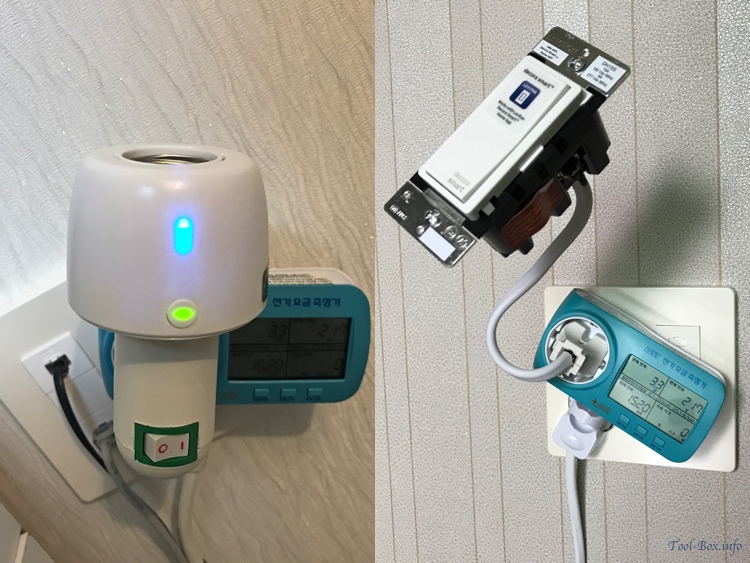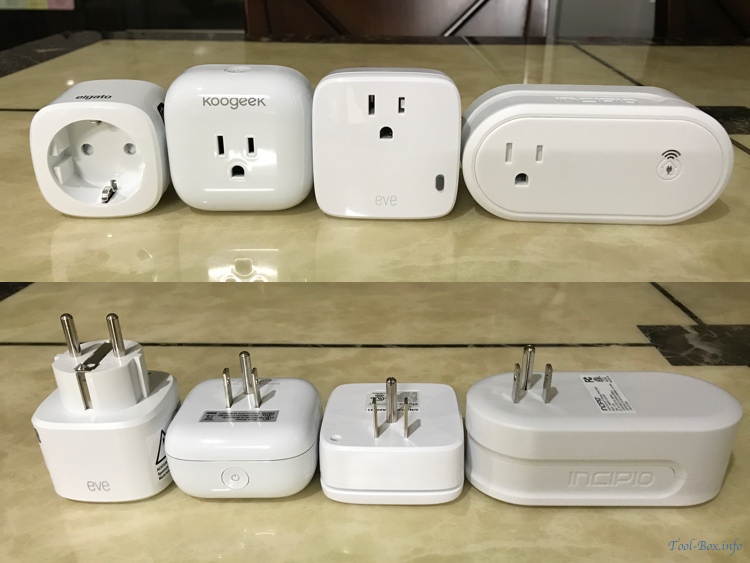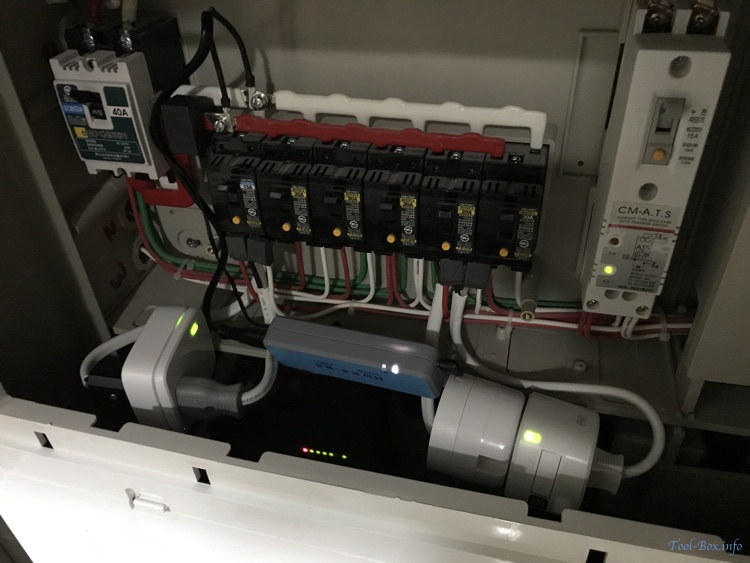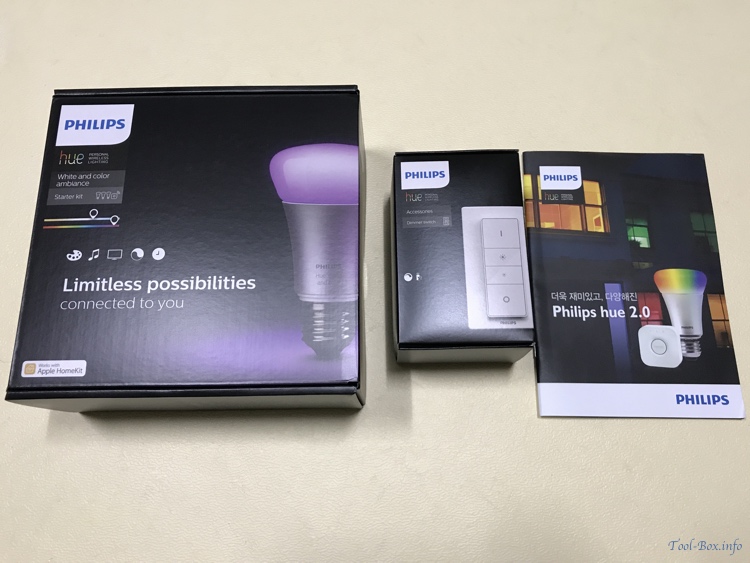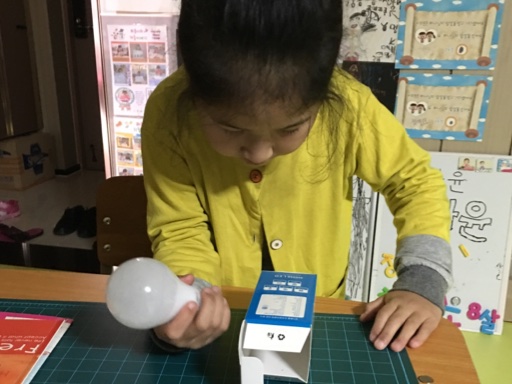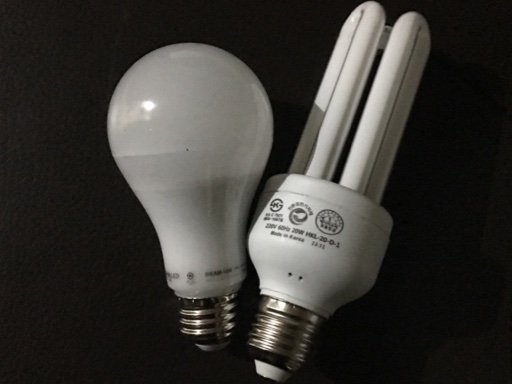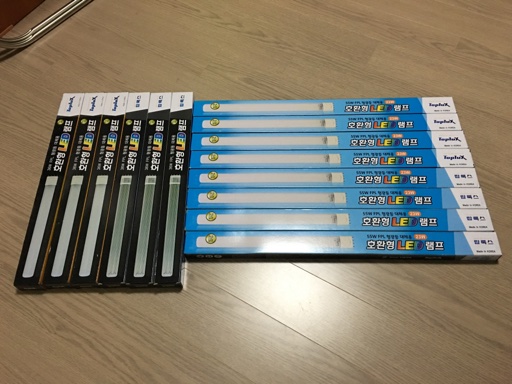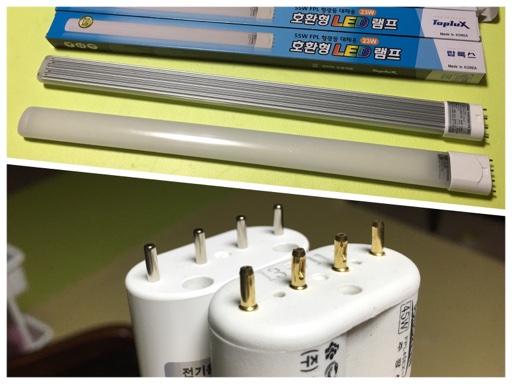How much power does HomeKit use?
Posted by Wesley onHome automation devices have to be on standby at all times to respond to commands. This means that the baseline power consumption will increase as more devices are added. So if you're installing them not just for convenience but for more efficient energy use, you have to be conscious of the level of power that they may entail.
Unfortunately, detailed power consumption data are not usually found in the technical specs, likely because they are not deemed important. I had to take individual measurements to get the whole picture, and here are the results for the HomeKit devices I have.
| Company | Name | Off | Min. | Max. | Rated |
|---|---|---|---|---|---|
| Smart Power Plug | |||||
| Elgato | Eve Energy | 0.68 | - | 1.01 | 2,500 (EU)1 |
| Incipio | CommandKit W. Smart Outlet | 1.70 | - | 2.20 | 1,200 (US) |
| Koogeek | Smart Plug P1 | 0.92 | - | 1.60 | 2,500 (EU)1 |
| Smart Light Switch / Adapter | |||||
| Incipio | CK W. S. Light Bulb Adapter | 3.32 | - | 3.39 | 1502 |
| Leviton | DH15S-1BZ | 3.15 | 3.153 | 3.27 | 6004 |
| Koogeek | Smart Switch KH02 | 1.30 | 1.955 | 2.60 | 600 |
| Smart Light Bulb | |||||
| Philips | Hue White and Color Ambiance | 0.43 | 1.7 | 8.6 | 10.0 |
| Hue White Ambiance | 0.66 | 1.5 | 10.2 | 10.5 | |
| Hue White | 0.38 | 1.6 | 9.2 | 9.0 | |
| (Initial Peak) | 13.86 | ||||
| Hue Bridge | - | 1.12 | 1.26 | 2.32 | |
Off: The device is connected to the power but is turned off (i.e. standby mode).
Min.: Device operating under the lowest power mode possible.
Max.: Device operating under the normal or highest power mode possible.
(Minimum and Maximum values are measured with no external apparatus attached.)
Rated: How much the the device is rated to draw electricity at maximum.
1. Or 220V mains. 1,800W for the U.S. mains (120V).
2. For the LED and CFL bulbs. 600W for incandescent and halogen bulbs.
3. The indicator LED light is turned off.
4. For the LED and CFL bulbs. 1,800W for incandescent bulbs.
5. Only one switch is turned on.
6. Steadily decreases to the stable level (9.2W) over the span of 30 minutes.
It became fairly evident that the consumption profile is quite different between manufacturers even though the devices serve essentially the same purpose.
